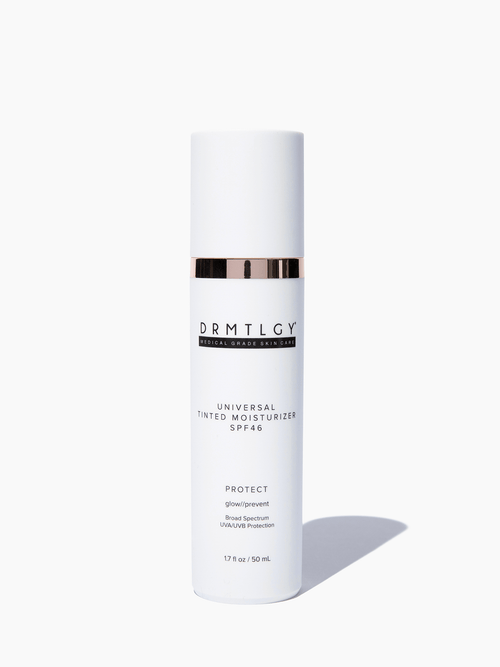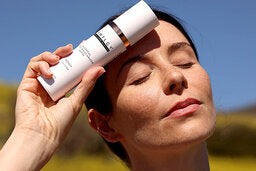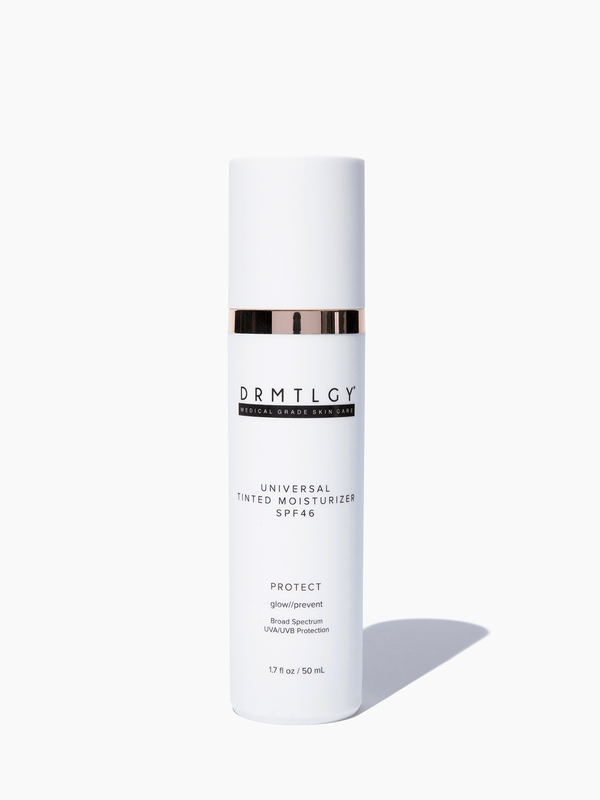
Derma-rollers have become one of the most popular trends in skin care. Marketed as a form of “microneedling-at-home,” derma-rollers are small devices covered with tiny needles intended to be rolled around the face. These needles leave small pricks all over the skin, and, the theory is, that as our skin repairs itself in response, collagen production is stimulated. This process is otherwise known as Collagen Induction Therapy (CIT).
Microneedling has been sold as a potential solution to acne scarring, wrinkles, oversized pores, and hyperpigmentation, which has made it an appealing option for many people. And while the science behind professional microneedling is lukewarm, at-home treatments are often unreliable and sometimes dangerous. Let’s take a closer look at the potential benefits and some of the major drawbacks of derma-rolling.
First, is it safe?
In a word: no. If you do a search for “derma-rollers,” you’ll notice the phrase “minimally-invasive” appearing frequently. Microneedling, when performed at the hands of a professional, is minimally-invasive, as they are properly trained and use sanitized, surgical grade needles in a sterile environment to reduce any risk of infection. That risk compounds exponentially when derma-rolling is performed at home.
Often times, store-bought derma-rollers are comprised of duller, shorter needles that are not surgical grade, resulting in a higher chance of them breaking and getting fragments stuck in the skin. Paired with the fact that most homes are not sterilized and most derma-rollers are often not properly sanitized, the risk of infection is high. Each time your roller is used, the chances of bacteria and yeast growing on it dramatically increase.
But does it work?
When performed by a dermatologist or aesthetician, many people agree that microneedling can produce results. As those pinpoint pricks begin to heal, they produce new skin cells, which can help reverse the appearance of scars and wrinkles.
It is important to note that the devices professionals use are also longer and sharper than the ones typically found in stores, and while you can find these clinical versions for purchase, they should not be used if you are not a trained professional. Clinics use numbing creams to prepare the skin for the onslaught of tiny, sharp pricks. To try a surgical grade roller at home without some sort of numbing agent would be remarkably painful.
At-home devices should be approached with caution, as DIY instructional videos are not suitable replacement for professional training. If you are interested in microneedling, contact your dermatologist or aesthetician— it will be both safer and more effective than risking infection or injury at home.
Dermatologic Surgery, March 2018, pages 397-404
Clinical, Cosmetic, and Investigational Dermatology, August 2017, pages 289-298
Journal of Plastic, Reconstructive, and Aesthetic Surgery, January 2018, ePublication













